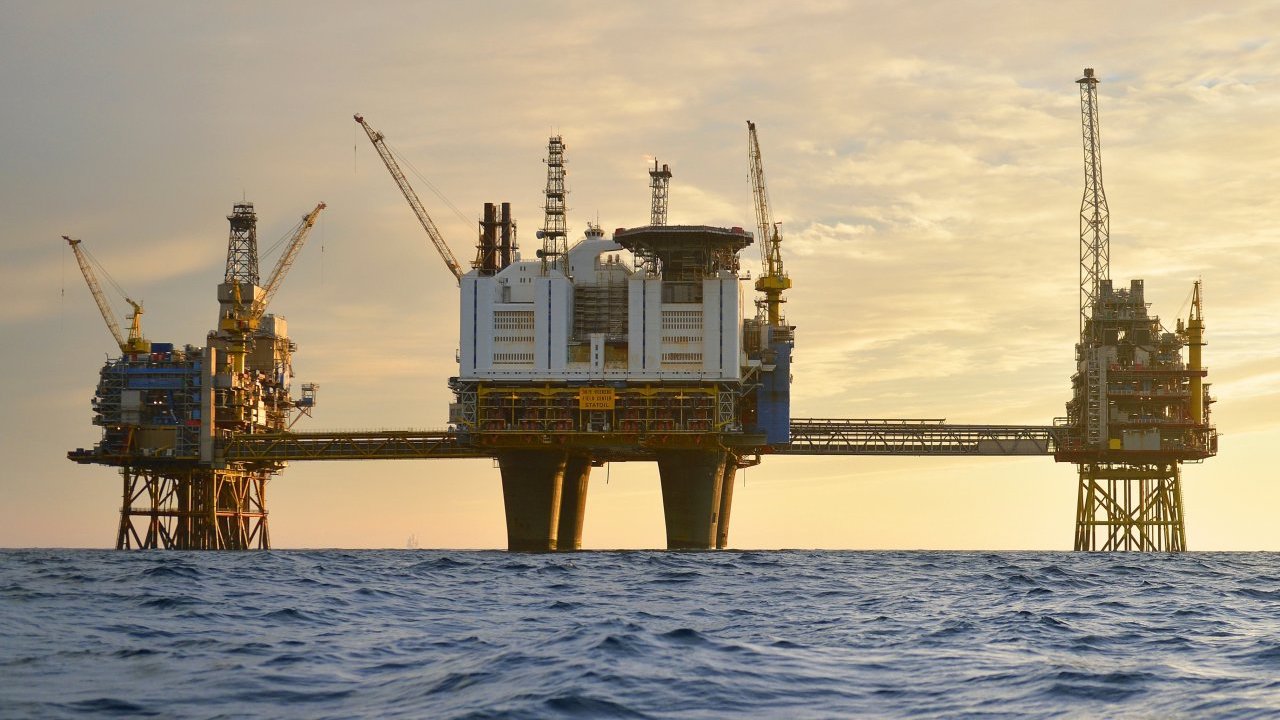Expertise
I have a variety of expertise in three main areas:
Production optimization
Environmental management
Dynamic process optimization
 |
Production optimization
Between 1998 and 2003 I worked as a management consultant implementing improved operating practices in heavy industrial manufacturing operations (bulk chemicals, oil and gas). This was a formative period where I learned very powerful techniques in promoting effective behaviours through data-driven management and decision-making.
Some of the key techniques I was trained on were:
Management control and reporting systems
Basic problem-solving skills
Maintenance effectiveness and asset management
Interpersonal skills, coaching, and effective meetings
Leadership and teambuilding
Project design and definition.
Environmental management
In 2003 I emigrated to Canada and did a master's degree in resource and environmental management. This introduced me to public policy and climate policy design. My research on simulation modelling of energy and emissions in US and Canada provided deep insights into the role of energy and materials in economic activity across all sectors. This reinforced my commitment to reducing the energy and materials intensity of industrial production.
Between 2008 and 2014 I worked as a climate and energy efficiency specialist, and later, regulatory and environmental manager at a large natural gas processing and transmission company which provided valuable experience in government relations, stakeholder engagement, and regulatory management. During this time, I played an influential role in provincial climate policy, federal air emissions regulations, and a large carbon capture and sequestration feasibility study.
In 2014 I left oil and gas and moved into energy efficiency consulting, working with a public utility in Saskatchewan to help their large industrial customers quantify energy consumption and identify opportunities to reduce it. I provided detailed energy end-use analyses (gas, electric, steam) at various large mining and mineral processing sites including identification and evaluation of savings opportunities. This work led me back into industrial process analysis and optimization which has always been my passion.
Dynamic process optimization
Large industrial production processes are complex and inherently difficult to optimize. Historically, optimization involved analysis of steady-state performance characteristics and a focus on eliminating variability using distributed process control (DCS). However, most processes are subject to persistent, unpredictable disturbances, especially in upstream oil and gas, and mining where the raw material is highly variable. Such disturbances are unpredictable and practically unmeasurable. They may also be large and abrupt, making the achievement of equilibrium conditions impossible. Furthermore, the process is always undergoing change, due to wear and maintenance for example, which renders a static model obsolete over time.
The increasing availability of good measurement data and integrated information systems has opened the door to the possibility of achieving multi-variable dynamic optimization in real time. However, there are two important hurdles standing in the way of exploiting this opportunity.
Firstly, advanced process control (APC) and other real-time optimization techniques require a solid bedrock of well-maintained instrumentation and well-tuned distributed control systems, integrated with process and business information systems. Such systems are costly to maintain and require specialised skills and dedicated resources, which are typically in short supply.
Secondly, these solutions require more sophisticated mathematical models and advanced data analysis techniques. While there has been a metaphorical explosion in research on machine learning and AI, very few of the methods or results are applicable to industrial process control and optimization. Instead, data-driven approaches based on first-principles models and well-proven methods from control engineering such as system identification, model predictive control and moving-horizon estimation are more likely to yield safe, reliable and effective solutions. The problem is, you need a control engineering degree to know how to design and implement them.
Realising these challenges and opportunities, I decided back in 2013 to start my own consulting business and invested in developing knowledge and skills in the following areas:
Dynamic optimization (BYU course)
High-level computer programming languages (Python, MATLAB, Julia)
Introduction to dynamical systems (UBC course)
Data-Driven Modelling (UBC course)
Linear systems and control (U Laval course)
Industrial process control (U Laval course)
Observers and predictive control (U Laval course)
System identification (U Laval course)
Multivariable control (U Laval course)
Adaptive control (UBC course)
Machine learning (course)
Deep learning (course)
Reinforcement learning (UBC directed studies course)
Non-linear system identification (KU Leuven short course).
Hands-on CasADi course on optimal control (Yacoda Training, online)